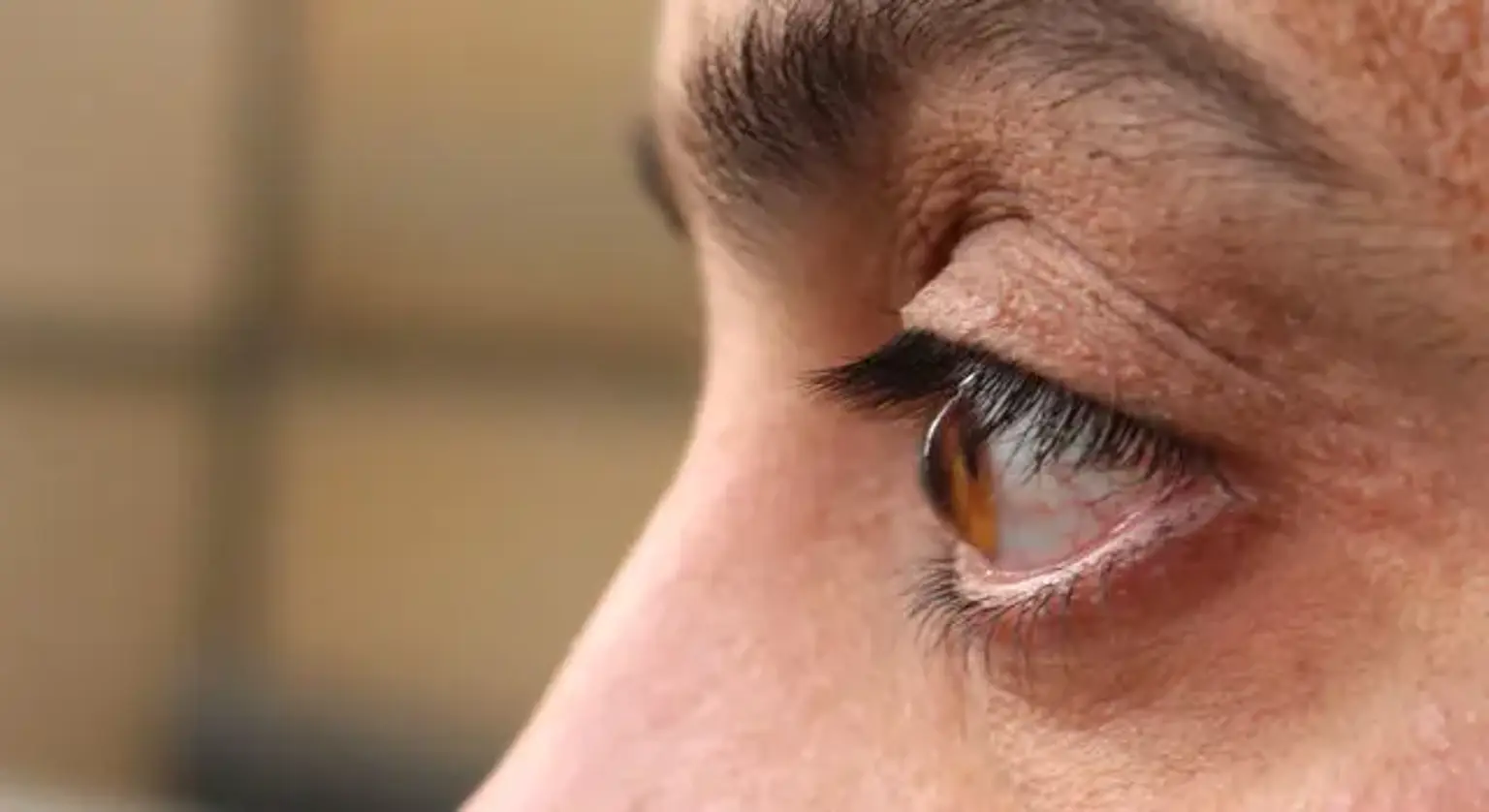Keratoconus
Keratoconus is a chronic corneal ectatic condition that affects both eyes. It causes a cone-like steepening of the cornea, which is accompanied by uneven stromal thinning, leading to a cone-like protrusion (hump) and substantial visual impairment.
A severe and varying loss in visual function, picture distortion, and greater sensitivity to glare and light are all optical impacts. Because of the substantial asymmetry, spherocylindrical contact lenses are less effective in correcting vision. Keratoconus can be characterized as mildly asymmetrical oblique astigmatism if it continues subclinical (i.e., undiagnosed).
Keratoconus may appear clinically during adolescence (late teenagers for males and young adulthood for females) and continue (continuous stromal thinning and corneal steepening) till the third to fourth decade. It is quite rare for anyone to advance beyond this age. In rare situations, keratoconus can develop later in life as a result of a change in endocrinologic conditions, such as pregnancy. The disease's presentation and course are exceedingly diverse, and most cases are asymmetrical between the two eyes of the same patient. It is commonly acknowledged that there is no unilateral keratoconus, in the sense of a disease that affects only one eye; even if there are no medical indications of the disease in the other eye, it is assumed that the disease is simply not present in that eye. Acute hydrops can lead to severe keratoconus.
